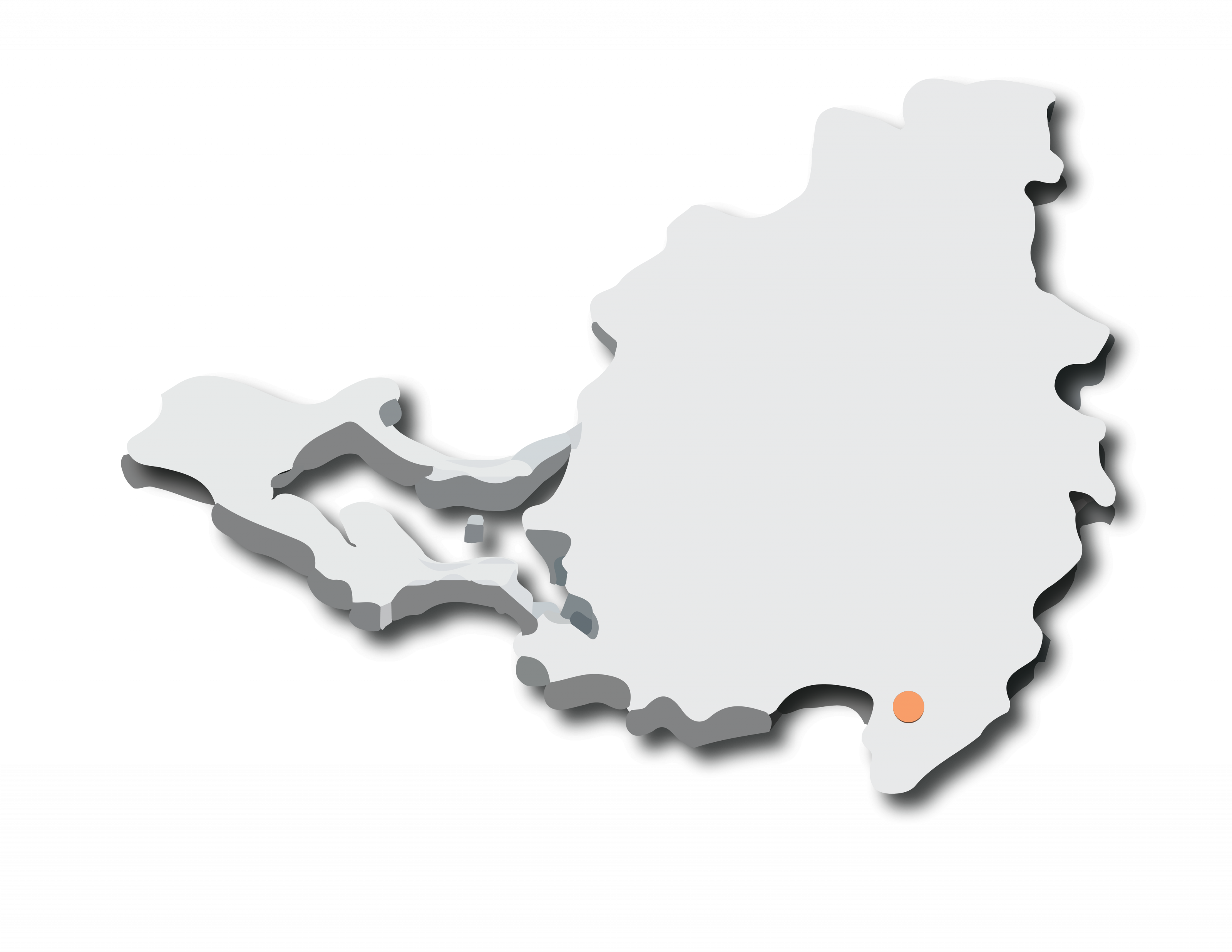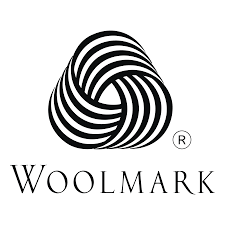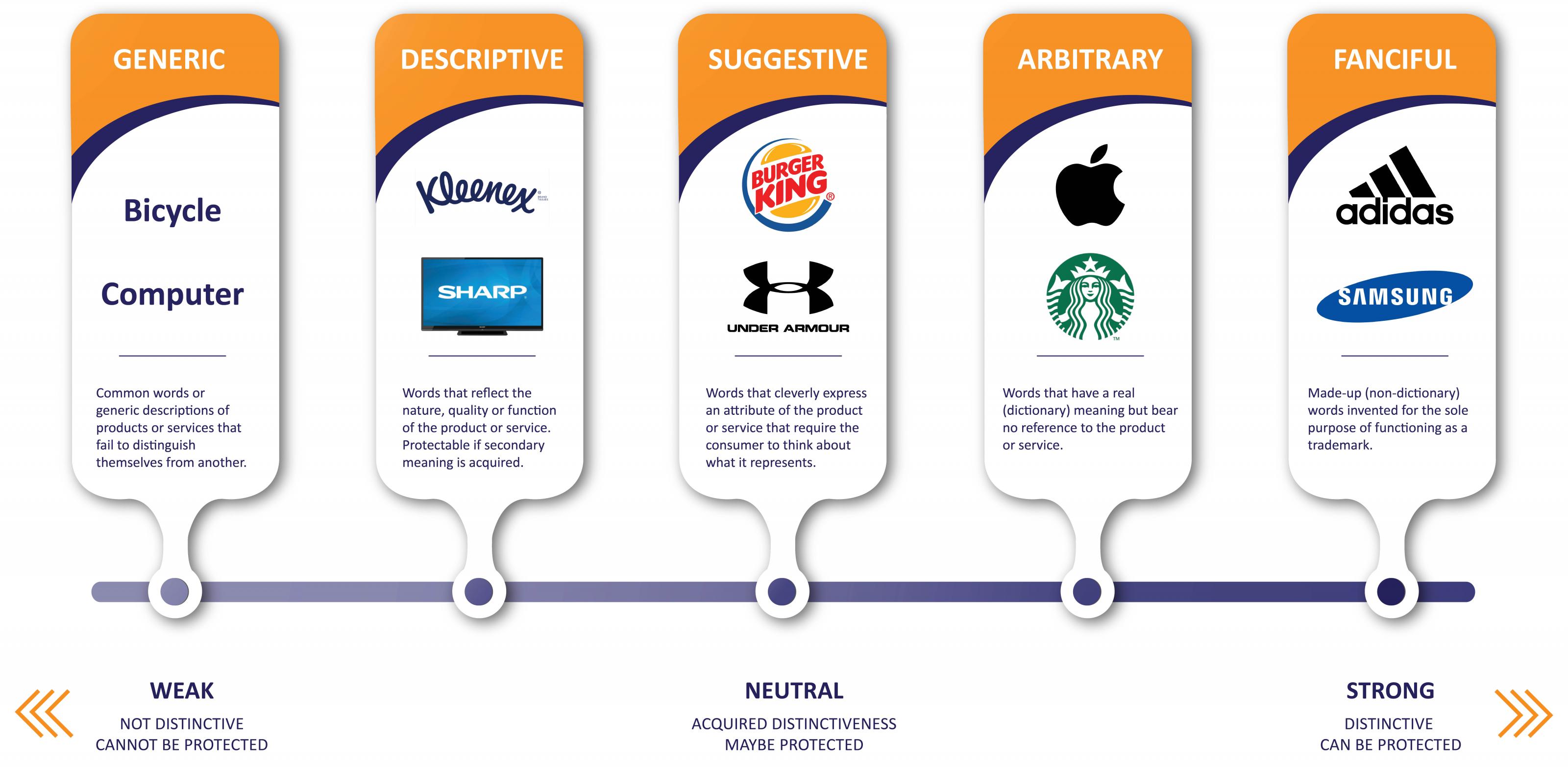Trademarks
A trademark is a recognizable sign that distinguishes your products or services from those of your competitors. A trademark can be represented graphically in the form of your company’s logo or signature. Registering your trademark in the Sint Maarten register gives you the exclusive right to use the trademark for certain goods (products) and services in Sint Maarten, for a(n) (extendable) period of 10 years.
National vs International trademark
A national trademark protects your brand in the jurisdiction where the application is filed, meaning your trademark rights are enforceable only within that jurisdiction. For businesses or individuals operating in one country, securing a national trademark is advisable. For example, a trademark registered in the Sint Maarten register at BIP SXM automatically provides protection in Sint Maarten. This registration allows you to take legal action against unauthorized use or registration of your trademark, as well as against any confusingly similar signs or logos. With a Sint Maarten registration, you can challenge both subsequent local trademarks and international trademarks that are valid in Sint Maarten.
An international trademark, on the other hand, allows you to seek trademark protection in up to 131 countries under the Madrid System. The Madrid System simplifies the process of registering a trademark in multiple countries by allowing individuals to submit a single application. This route is advisable for businesses or individuals who plan to sell their products and services outside Sint Maarten.
For more information on how to file a national trademark application, kindly click the following link.
For more information about registering outside of Sint Maarten, kindly click the following link.
 What form can a trademark take?
What form can a trademark take?
The legal definition of a trademark is very broad: trademarks are all signs which distinguish a company's goods (products) or services. This broad definition as "all signs" means that more distinguishing signs can be protected as trademarks than you perhaps may first have thought. The following are a few examples:
1. Word marks: The name under which a product or service is marketed.
2. Device marks: Logos and labels as well as, for example, words in a particular font or presented in a particular layout (a logo which includes a name).
3. Shape marks: In certain cases, the shape of a product or packaging can be a trademark, e.g. an unusual perfume bottle.
4. Colour marks: In exceptional cases, even a single colour or a combination of colors can be a trademark. This is the case when the public recognizes a certain product or service by the colour. A well-known example are the blue gas cylinders used for camping.
5. Sound marks: An advertising jingle is sometimes so well known that when people hear it they immediately know what it refers to. In such cases, the sound may be regarded as a trademark and eligible for registration (in the form of a musical stave).
In practice, 99% of registered trademarks fall in categories 1 (word marks) or 2 (device marks). However, it is certainly not the case that all signs can become trademarks.
Individual or collective trademark
An individual trademark is one that distinguishes the products or services of one company from those of others. A collective mark is a trademark owned by an organization, used by its members to identify themselves with a level of quality or accuracy, geographical origin, or other characteristics set by the organization.
The organization (owner) of a collective trademark does not use the trademark himself but rather oversees the use of the trademark by others, who must meet certain criteria in order to be allowed to use it. These criteria must be laid down in the regulations for use and oversight of the trademark, which are submitted with the trademark application when it is filed.
A well-known example of a collective trademark is Woolmark, a wool industry certification mark used on pure wool products that meet quality standards set by the Woolmark Company.
What signs cannot be trademarks?
Not all signs can be trademarks. There are a number of legal reasons why a sign cannot be a trademark. A court can decide that a previously registered trademark is, in fact, invalid for one of these reasons and declare the registration to be null and void. The main reasons for a trademark to be deemed invalid, the so-called grounds of exclusion are listed below.
1. The sign is not distinctive. This is the most common ground for exclusion and, in fact, flows directly from the very definition of a trademark. A trademark is a sign which distinguishes a company's goods or services from those of others. Therefore, a sign which is unable to do that is not a trademark. Here are some examples of signs which lack distinctive character:
- FUN TOY: for a toy
- T-SHIRTS AND PANTS: for a clothing line
- ENERGY: for the supply and distribution of energy such as electricity, gas and water
2. The sign is deceptive: A logo clearly depicting, for example, coffee cannot be registered and used for something else (such as tea or sedatives) because this could mislead the public.
3. A number of specific grounds for exclusion apply to shape marks. These are intended to avoid any overlap with other intellectual property rights (such as design law and patent law). Therefore, the shape of, for example, a chair or a lamp is more likely to be regarded as a design rather than a shape trademark. A shape cannot be a trademark if it (1) is determined by the nature of the goods themselves, (2) confers substantial value to the goods, or (3) is necessary to obtain a technical result.
4. The filed trademark consists of flags, arms and other official emblems of states or international organizations which are registered pursuant to Article 6 ter of the Paris Convention. Such trademarks can only be registered with the permission of the relevant state or organization.
5. The trademark is contrary to public policy or accepted principles of morality. This is very rare ground of exclusion in practice.
Spectrum of distinctiveness
The strength of a trademark can be determined by its distinctiveness. The spectrum ranges from 'descriptive' marks to 'fanciful' marks. Fanciful being the strongest. (click to enlarge)

Generic Marks cannot be registered simply because they are words that are used in everyday language and therefore cannot be monopolized.
Descriptive trademarks are not immediately registrable and are not easily protected, but they can be registered once they have become recognized as an indicator of a single source of a product. This is called “secondary meaning.”
Suggestive trademarks hint to the consumer something about the function, features, or attributes of a product or service, but do not directly communicate what the product is.
Arbitrary marks are those trademarks or service marks that consist of a word or symbol that has nothing to do with the products or services being offered. Unlike fanciful marks, an arbitrary mark is a real word, but the word is used such that there is no connection to the meaning.
Fanciful marks are the strongest of all marks. A fanciful mark is a letter string that has no independent meaning in the English language, such as KODAK for cameras or Amazon for e-commerce. Fanciful marks are the easiest to register, but they do not describe or convey to consumers what the product is or what it does.
Your trademark will be registered at the Bureau for Intellectual Property Sint Maarten (BIP), the organization that handles trademark registration for country Sint Maarten, implementing the National Ordinance on Trademarks. More about the registration process
Applying for and registering a trademark takes three months on average.
A standard trademark application costs XCG 750 (USD 417).
To the fees
The registration is valid for a period of ten years. Your trademark will be protected for the duration of this period. You can then renew your registration at the end of the ten-year period. To retain the right to your trademark, you need to take active steps. More about monitoring a trademark


